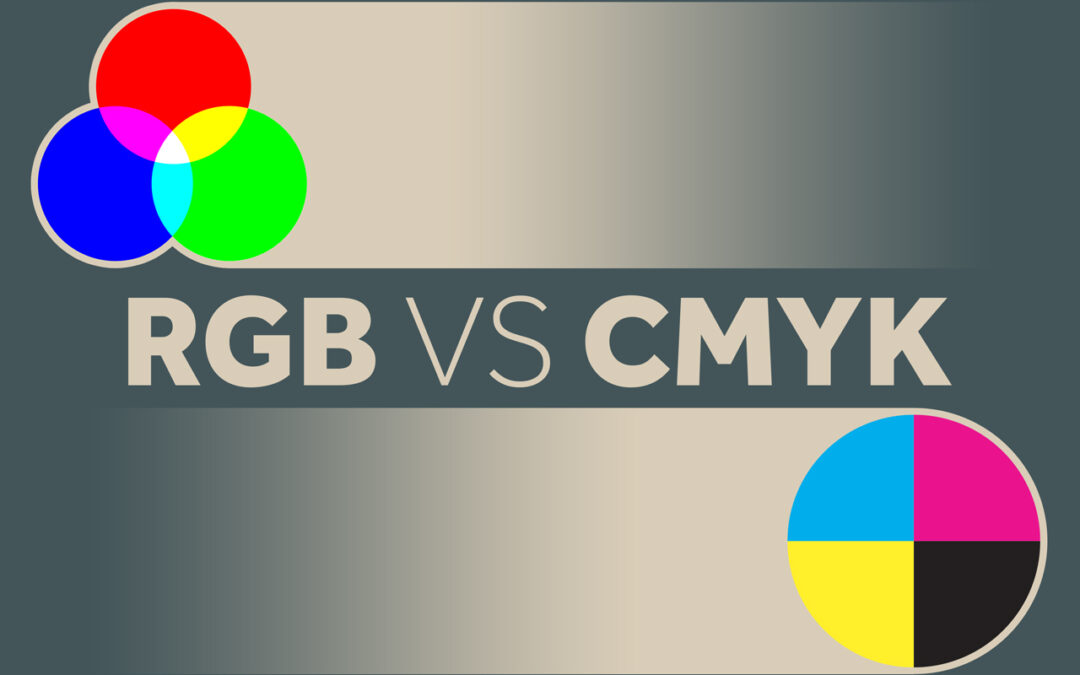
by daron | Feb 9, 2022 | Event Marketing, Uncategorized
TABLE OF CONTENTS $ What is event marketing, and how can Root and Roam help? $ Why is event marketing important? $ Event Marketing Plan $ Event Marketing Plan—The Questions You Need to Answer $ Event Marketing Strategy $ Develop Event Marketing Assets $ Marketing...

by daron | Jan 14, 2022 | Branding, Digital Marketing, Event Marketing, Graphic Design, Traditional Marketing
The history of marketing – Marketing is defined as the action of promoting and selling products or services. For as long as there has been something to trade, barter, or sell, there has also been marketing. From the first example of branded materials to the...

by daron | Dec 6, 2021 | Digital Advertising, Digital Marketing, Graphic Design, Publications
Choosing a Graphic Designer – Quality graphic design is a vital element of your business. A quality graphic designer can help your company’s visibility, sophistication, efficiency, and desirability over the competition. It is essential to stand out effectively...

by Amy | Oct 26, 2021 | Digital Marketing, Event Marketing, Public Relations, Root & Roam Blog, Traditional Marketing
TABLE OF CONTENTS $ Holiday Offer $ Holiday Marketing Goals $ Campaign Key Performance Indicators $ Holiday Marketing Campaign Target Audience and Personas $ Holiday Campaign Budget $ Holiday Marketing Action Items $ Get to Work On Your Marketing Plan $ Holiday...

by Amy | Aug 20, 2021 | Branding, Creative Services, Digital Marketing, EDDM, Graphic Design, Root & Roam Blog, Website
RGB vs CMYK – What is the difference between RGB and CMYK? Simply put, it’s just different ways of processing colors. Painters mix paint to make the perfect color palette. Digital designers also mix colors to create palettes, photography, and more. CMYK is the...

by Amy | Jun 29, 2021 | Branding, Creative Services, Digital Marketing, Graphic Design, Traditional Marketing
Rebranding could be the difference between reaching your company’s full potential or being left behind. Staying ahead in any niche is a constant race. To keep your brand relevant, you need to be willing to do what it takes to make it stand out to consumers. A rebrand...







